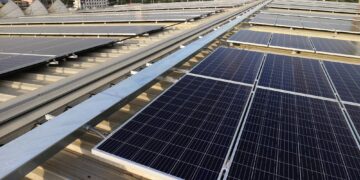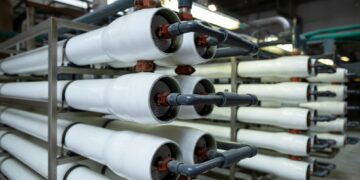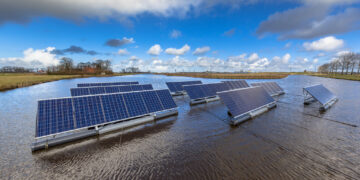A consortium led by Técnicas Reunidas and Sinopec has been chosen by ACWA Power to oversee the design of a new green hydrogen facility in Yanbu, Saudi Arabia, according to Inspenet. This project aims to double the output of the NEOM hydrogen initiative, supporting Saudi Arabia’s ambition to become a global leader in clean energy.
The planned plant will produce up to 400,000 tons of green hydrogen annually, using electrolysis powered by 4 gigawatts of energy. The hydrogen will be processed into green ammonia, simplifying its export to international markets. This development is a key part of the Kingdom’s broader strategy to play a major role in the global energy transition.
Técnicas Reunidas and Sinopec will handle the front-end engineering design over the next ten months, paving the way for a multibillion-euro construction phase. Although renewable power sources like solar and wind are not included in the initial stage, the facility is expected to eventually run on renewable energy.
The project will also feature a desalination unit and a dedicated export terminal for green ammonia, ensuring reliable operations in Yanbu’s arid environment.
A spokesperson for Técnicas Reunidas highlighted the company’s commitment to advancing clean energy in the Middle East, emphasizing the importance of reducing reliance on traditional fuels.
With this contract, Técnicas Reunidas’ ongoing projects in Saudi Arabia now exceed €2.2 billion, according to Inspenet. The company is also engaged in other major clean fuel projects, including a leading e-methanol plant in Europe.
The Yanbu plant forms a crucial part of Saudi Arabia’s target to secure 10% of the global hydrogen export market by 2030. Meanwhile, regional competition is rising, with the United Arab Emirates and Morocco pursuing their own hydrogen initiatives.
The effectiveness of the Yanbu facility will depend on the integration of its electrolysis, water treatment, and export infrastructure. If successful, it could significantly reduce Saudi Arabia’s dependence on oil and reinforce its position in the future clean energy landscape.









